Peredvizhniki, also known as The Wanderers or The Itinerants, were a group of realists who operated in Russia from 1870 to 1923. The painters who belonged to this movement brought many novelties to Russian painting both in the domain of form and the topics they dealt with. A critical review of social circumstances, as well as the popularization of the art through the Society for Traveling Art Exhibitions, left a significant mark on Russian art of the late 19th and early 20th centuries. Prominent members of this group were Ivan Kramskoi, Ilya Repin, Ivan Shishkin, Grigoriy Myasoyedov, Isaac Levitan, Vasily Polenov, Konstantin Savitsky, Valentin Serov, Vladimir Makovsky, Vasily Perov, Sergey Ivanov.
Notable Peredvizhniki Artwork
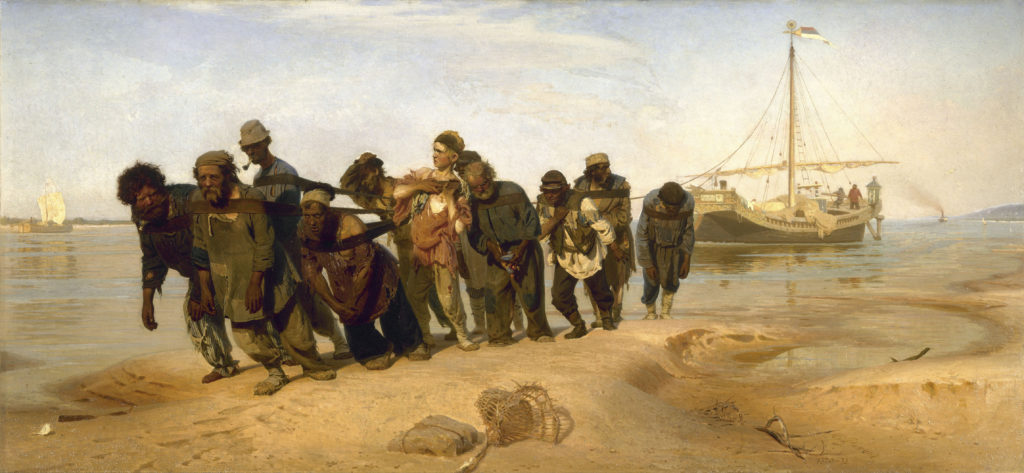
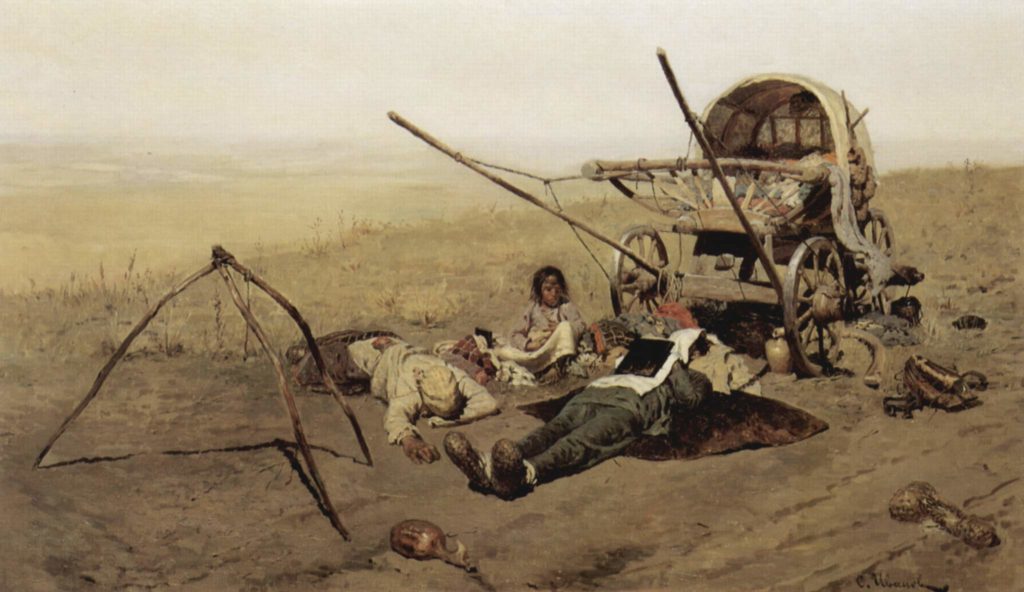
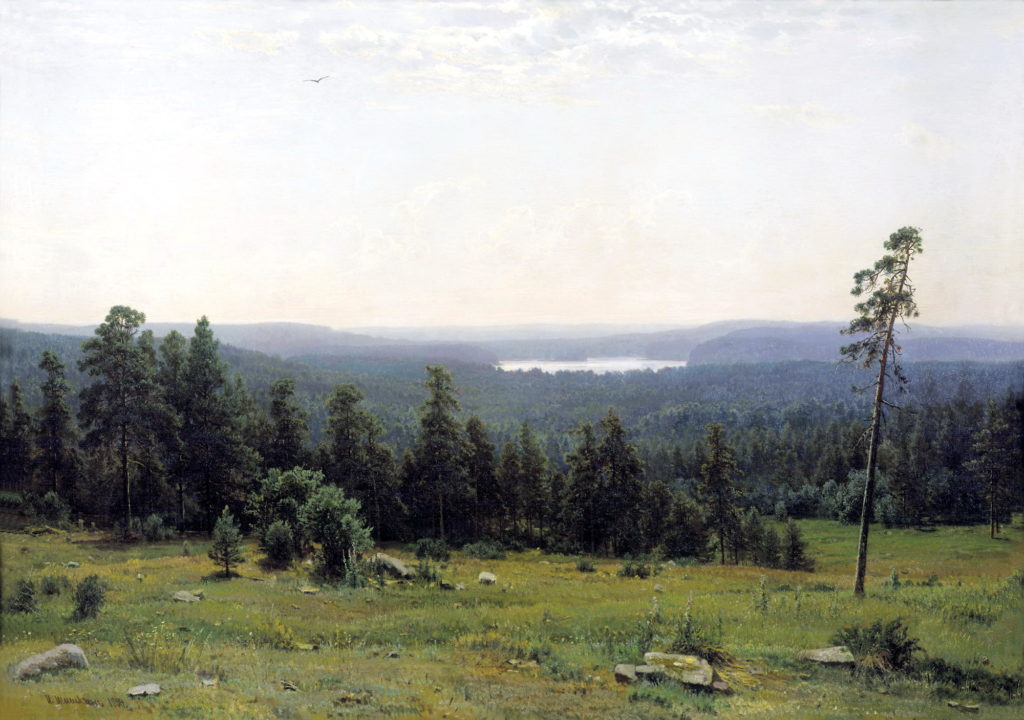
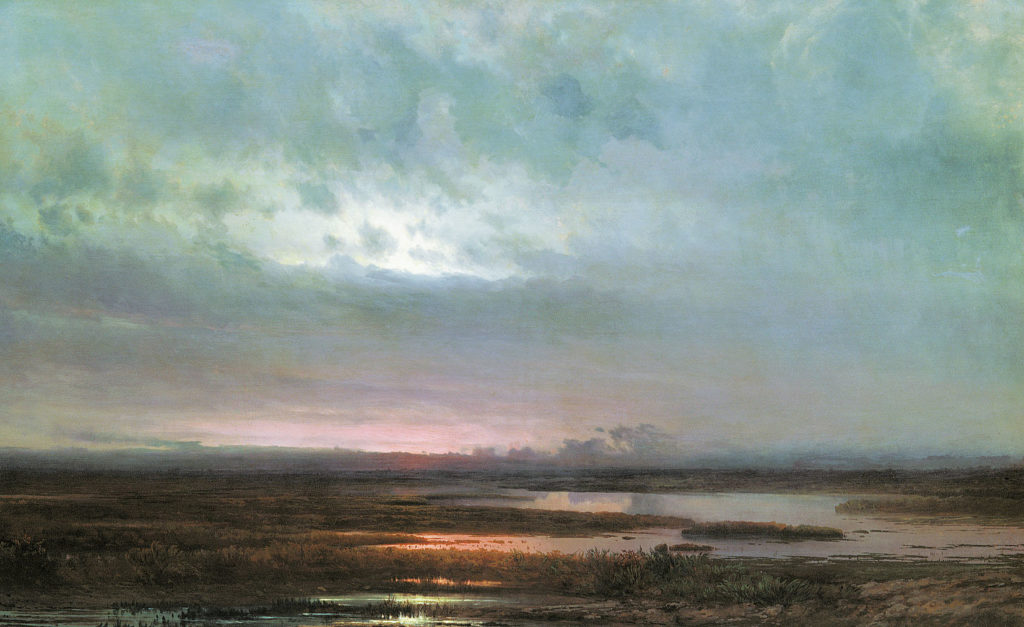
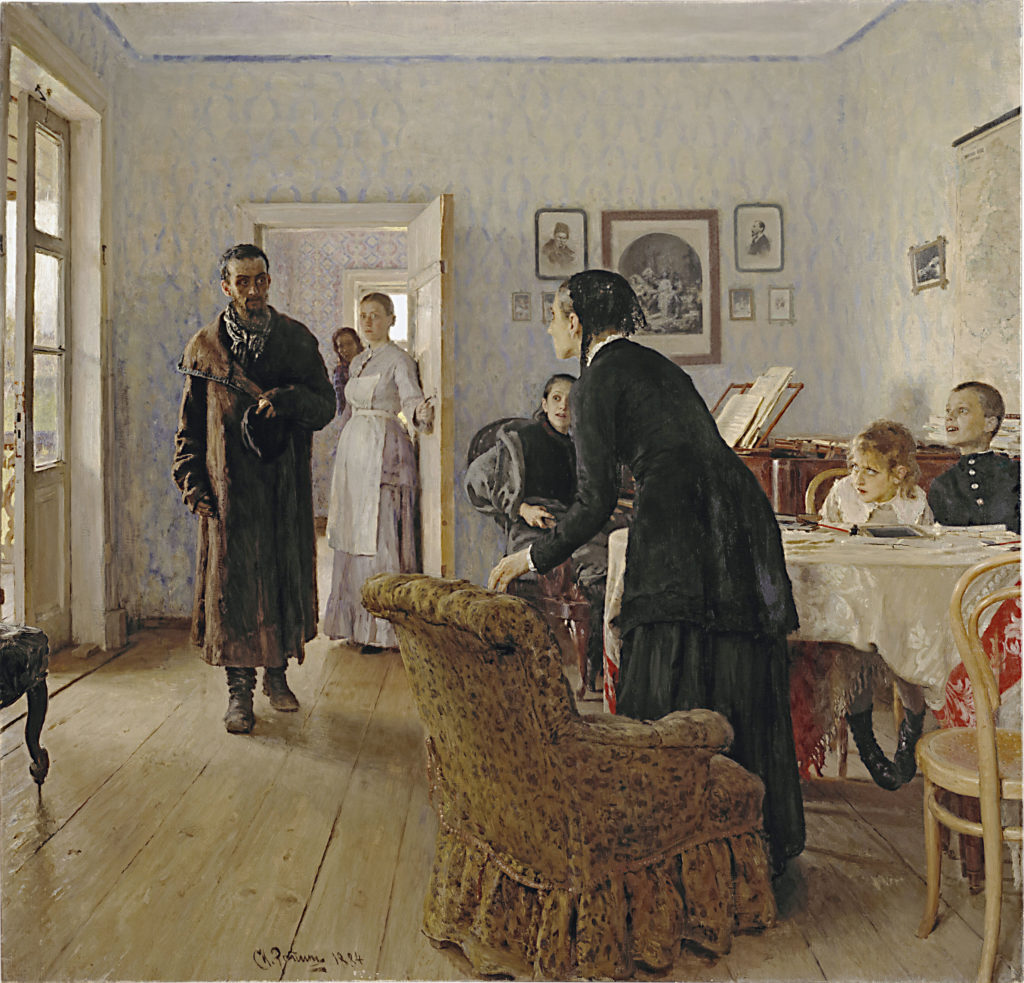
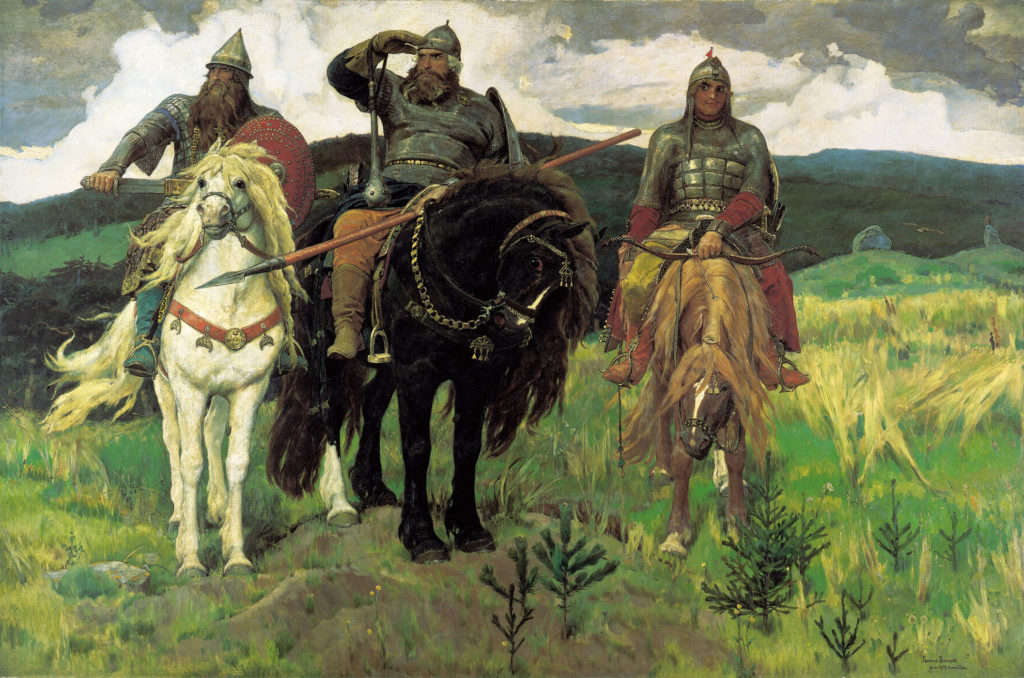
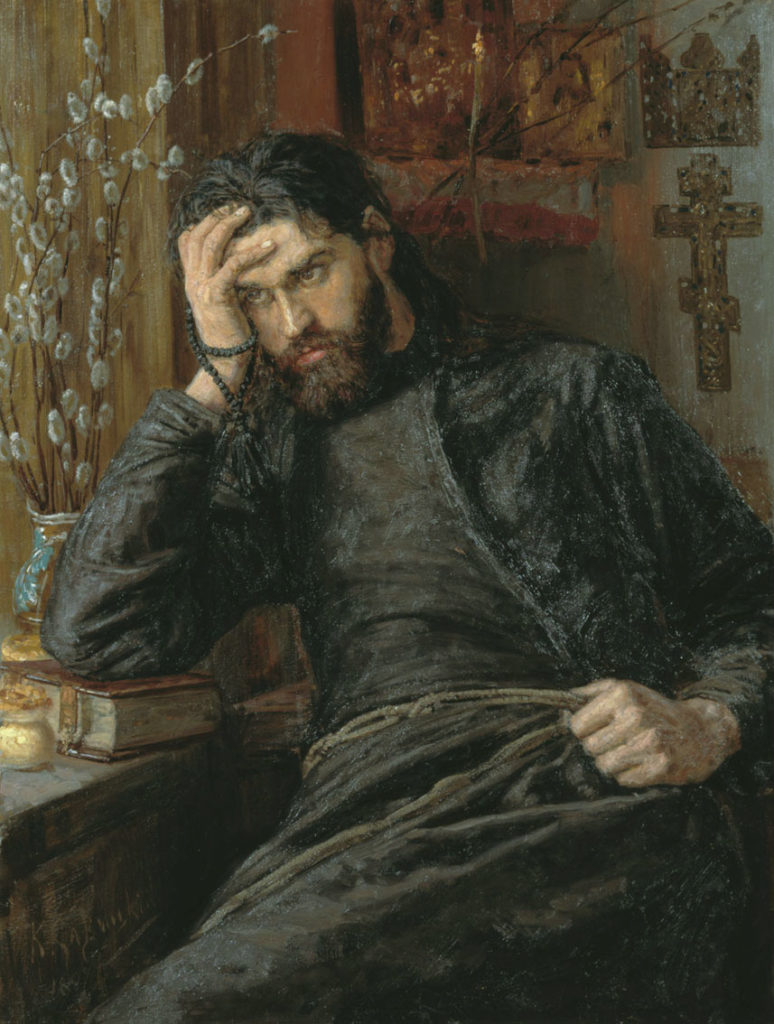
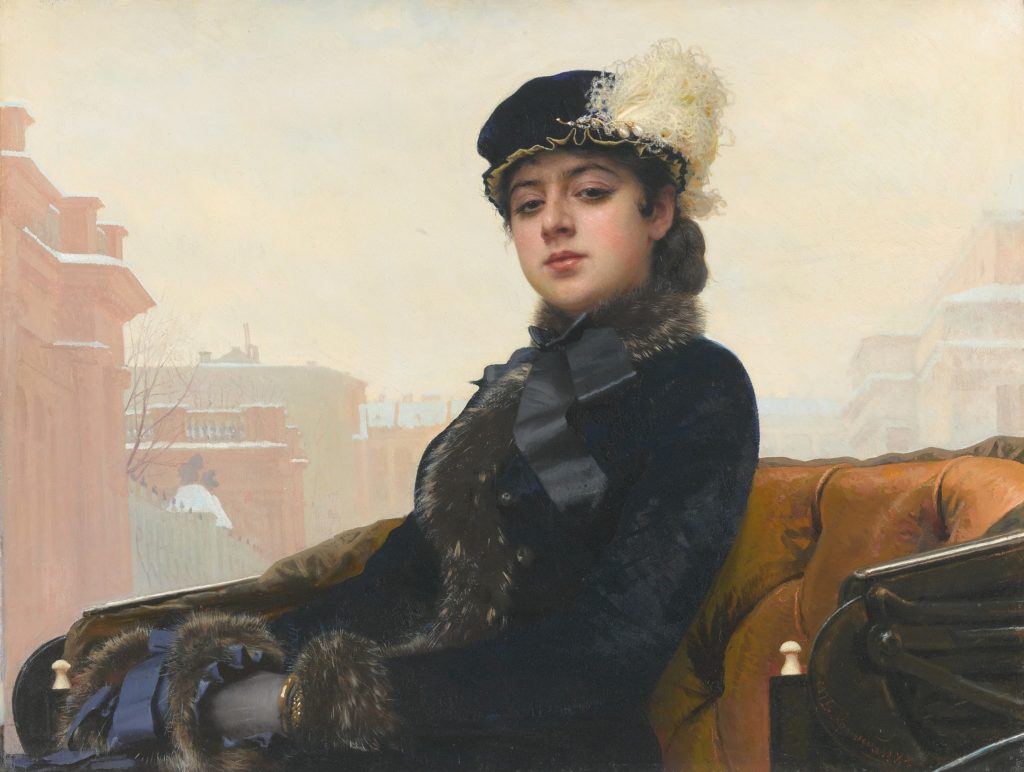
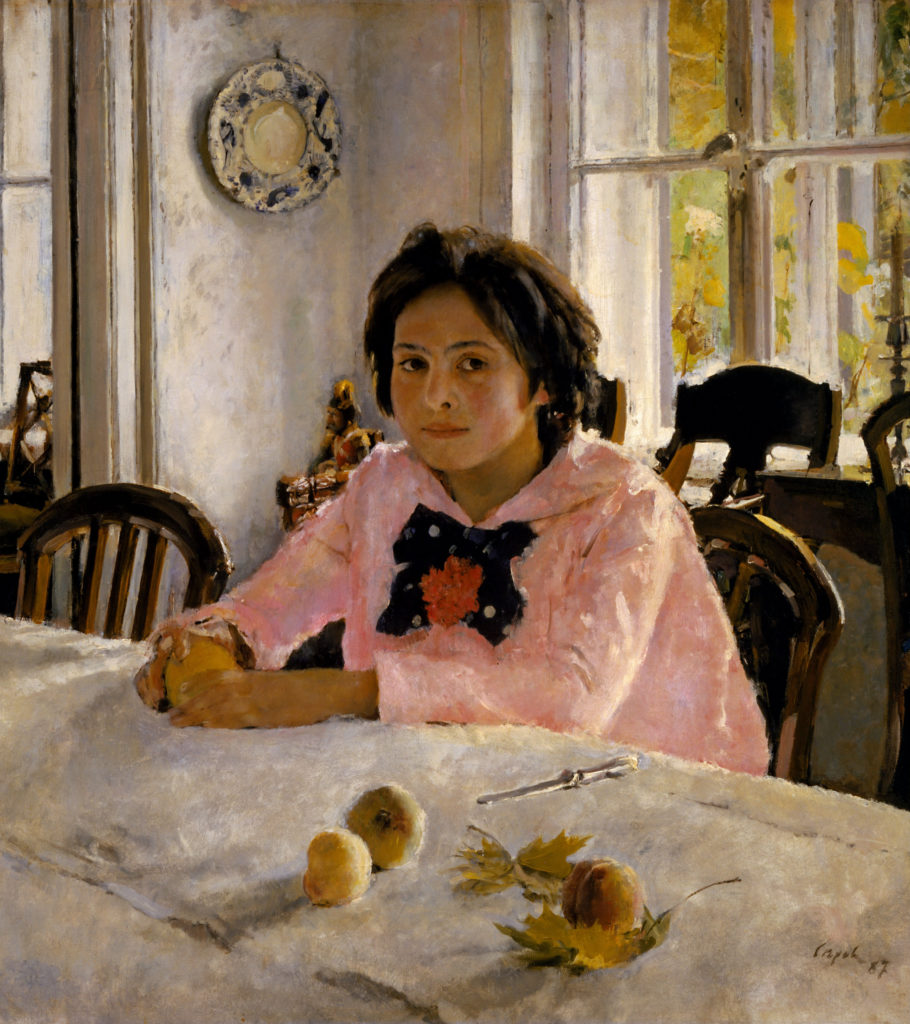
Revolt of the Fourteen and The St. Petersburg Artel of Artists
After more than a century of continuous central position that the Imperial Academy of Arts had in constituting the value frameworks in which Russian art will develop, great changes have taken place. These changes began in 1863, spurred on by the theme for the Annual Gold Medal competition. The theme that year was “The Entrance of Odin into Valhalla”, reflecting the still dominant neoclassical approach that the academy affirmed as inviolable. Young painters led by Ivan Kramskoi believed that society should be offered art that concerns a contemporary moment devoid of mythological constructs. Refusing to participate in the competition, fourteen students founded their labor community – The St. Petersburg Artel of Artists. Artists who had the ambition to bring Russian art closer to Western art and tendencies of Realism and Naturalism encountered numerous difficulties. By leaving the Academy, these young artists deprived themselves of state support, which consisted of scholarships, workspace, painting materials, as well as exhibition space. This group ceased to exist in 1871, but some of its members became part of the newly formed Association of Traveling Art Exhibitions, which will play a decisive role in the transformation of nineteenth-century Russian art.
The Association of Traveling Art Exhibits
Peredvizhniki or the Association of Traveling Art Exhibits aimed to transform the desired range of painting themes as well as to introduce the widest possible audience to their artworks. The principles of democratization of art were visible both in the choice of topics related to contemporary Russian life and in the dedicated work on the popularization of art outside major centers such as St. Petersburg and Moscow. Exhibitions have been hosted in Kyiv, Kharkiv, Kazan, Oryol, Odessa, and many other cities. In the period from 1871 to 1923, this society organized more than 40 art exhibitions. The press regularly followed the traveling exhibitions, and the postcard industry with motifs of Peredvizhniki paintings enabled mass visibility of their work and popularity throughout the Russian empire.
Types of Themes in the Painting of Peredvizhniki
Social Realism
Breaking with the tradition of the distanced, elitist high art of Neoclassicism, the Peredvizhniki were in constant search of authentic scenes of the life of Russian people. In addition to the desire for the presence of contemporary motifs in painting, these young artists often pointed to the widespread exploitation of many members of the lower class. Peredvizhniki had to defend the acquired freedom in terms of contemporary motives that they dealt with by sophisticated composing of subversive layers within critical realism. At that time, the society of Imperial Russia was characterized by extremely repressive measures against criticism in public space. Widespread censorship mechanisms have accompanied all forms of public action. Repin’s Barge Haulers on the Volga, Levitan’s Vladimirka Road, Perov’s Troika and The Tea-party in Mytishchi, Ivanov’s On the Road, the Death of a Migrant, and The Shooting stand out as rather subversive works. Very often, these artists dealt with inhumane working conditions, child labor, widespread poverty, life in the Russian countryside and criticism of the church. Turning to these topics conditioned the very high-ranking position that the Peredvizhniki had in the culture of the Soviet Union as a kind of predecessors of Socialist realism.
Landscape Painting
At the time of the flourishing of nationalism, landscape painting became very popular among Russian artists. Numerous painters from the Peredvizhniki movement painted in Plein Air. Landscape painting materialized one of the key aspects of the idea of nationalism, and that is a territory in this case Russian land. Within the emerging culture of nationalism, the landscape was to be a symbol of Russian national identity. The patriotic dimension of the landscape is reflected in many works of Peredvizhniki, especially in the works of Ivan Shishkin. Shishkin’s landscapes bring a distinctive union of monumental, dreamlike qualities with precision and attention to detail. The vision of the landscape of this painter was based on the duality of the poetic and the analytical.
Alexei Savrasov is the creator of a new style in landscape painting – the lyrical landscape style. Contrary to Shishkin’s analytical principle, Savrasov built a synthesis of the existing scene and color palette with the aim of bringing an authentic mood.
Genre Painting
The genre painting provided a chance for the painters of this group to document numerous social phenomena within the framework of everyday, intimate scenes of life in nineteenth-century Russia. Among the most famous works of this genre is Repin’s painting They Did Not Expect Him. This image speaks in favor of the inventive solutions that the Peredvizhniki came up in their interpretation of this genre. The unusual arrangement of the figures, as well as the position in which the observer is placed in front of the painted interior, which exudes special tension, shock, and foreboding joy, opens this composition to us as an extraordinary work of modern art in all its formal, thematic and psychological capacities. Also notable are Vasily Polenov’s Moscow Courtyard and Vassily Maximov’s Everything In the Past.
History Painting
Numerous history paintings made by members of this group are characterized by a preoccupation with mostly medieval themes. The Peredvizhniki presented these themes through the prism of the romantic perception of the national past. Representatives of this genre are Repin’s Reply of the Zaporozhian Cossacks and Viktor Vasnetsov’s Bogatyrs.
Portraits
The Portrait was a very common genre among the Peredvizhniki. The approach to portrait painting varied significantly and ranged from compositions close to a precise Realist manner to those that tended to or belonged entirely to the Impressionist style. Coloristically intriguing, innovatively composed portrait structure in the exterior brought by Ivan Kramskoi in the Portrait of an Unknown Woman differs significantly from the vibrant composition of Konstantin Savitsky, The Monk – Inok while a special place in the development of Peredvizhniki’s portrait painting has Valentin Serov’s Girl with peaches.
By following the development of portrait painting, one can actually follow the path of this group from the early rebellious period to full participation in official culture. In the second half of the 1880s, official institutions began to express interest in the work of the Peredvizhniki, and numerous orders arrived, including portraits of the most prominent people in Russian society, representatives of successful businessmen and aristocracy, as well as members of the imperial family.
Notable portraits from the period before great popularity are those of Vasily Perov, such as portraits of Alexander Ostrovsky, Fyodor Dostoyevsky or the portrait of Old Man from 1868. This line also includes paintings by Ivan Kramskoi, Portrait of Taras Shevchenko and a Portrait of Old man with a crutch.
The last decade of the 19th century brought great success to these artists who now had significant institutional support as part of official cultural flows.
Notable Artists
- Ivan Kramskoi (1837 – 1887)
- Grigoriy Myasoyedov (1834 – 1911)
- Vasily Polenov (1844 – 1927)
- Ilya Repin (1844 – 1930)
- Ivan Shishkin (1832 – 1898)
- Vasily Perov (1834 – 1882)
- Isaac Levitan (1860 – 1900)
- Valentin Serov (1865 – 1911)
- Abram Arkhipov (1862 – 1930)
- Alexei Savrasov (1830 – 1897)
- Yefim Volkov (1844 – 1920)
- Antonina Rzhevskaya (1861– 1934)
- Alexei Stepanov (1858 – 1923)
- Illarion Pryanishnikov (1840 – 1894)
- Konstantin Savitsky (1844 – 1905)
- Sergey Ivanov (1864 – 1910)
- Alexander Kiselyov (1838 – 1911)
- Nikolai Nevrev (1830 – 1904)
- Vladimir Makovsky (1846 – 1920)
- Alexander Litovchenko (1835 – 1890)
- Viktor Vasnetsov (1848 – 1926)
- Vassily Maximov (1844 – 1911)
